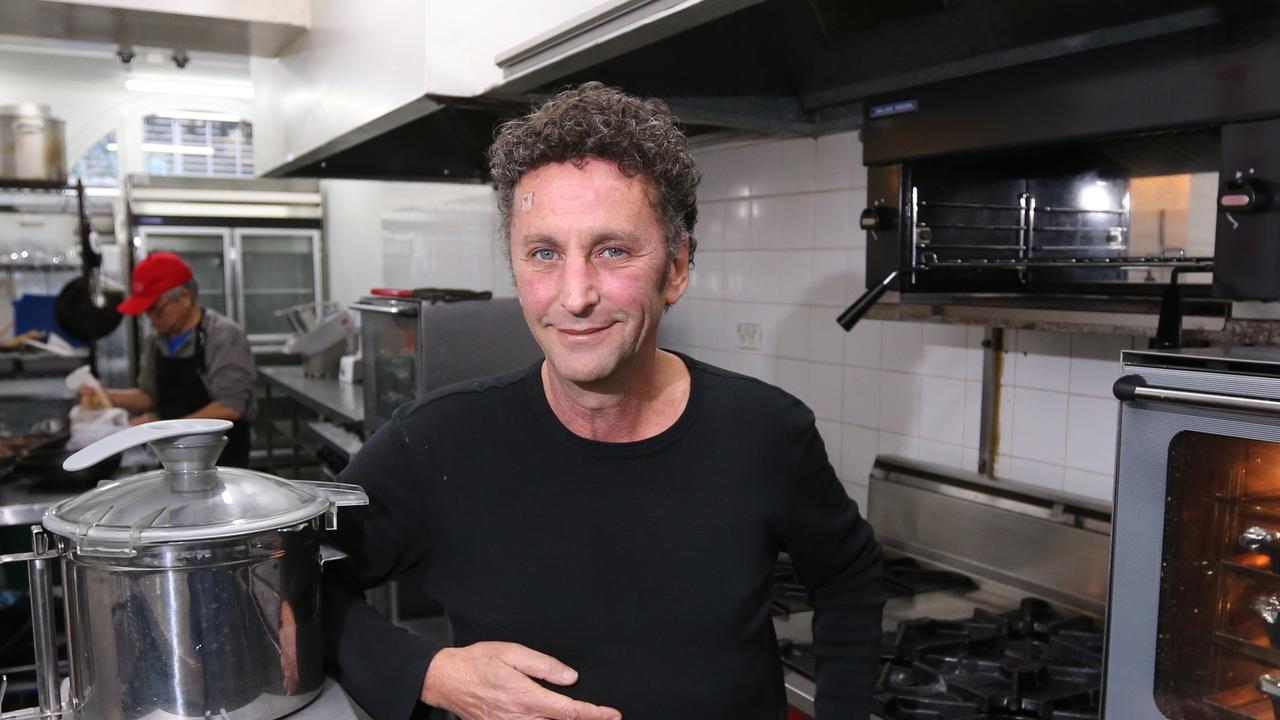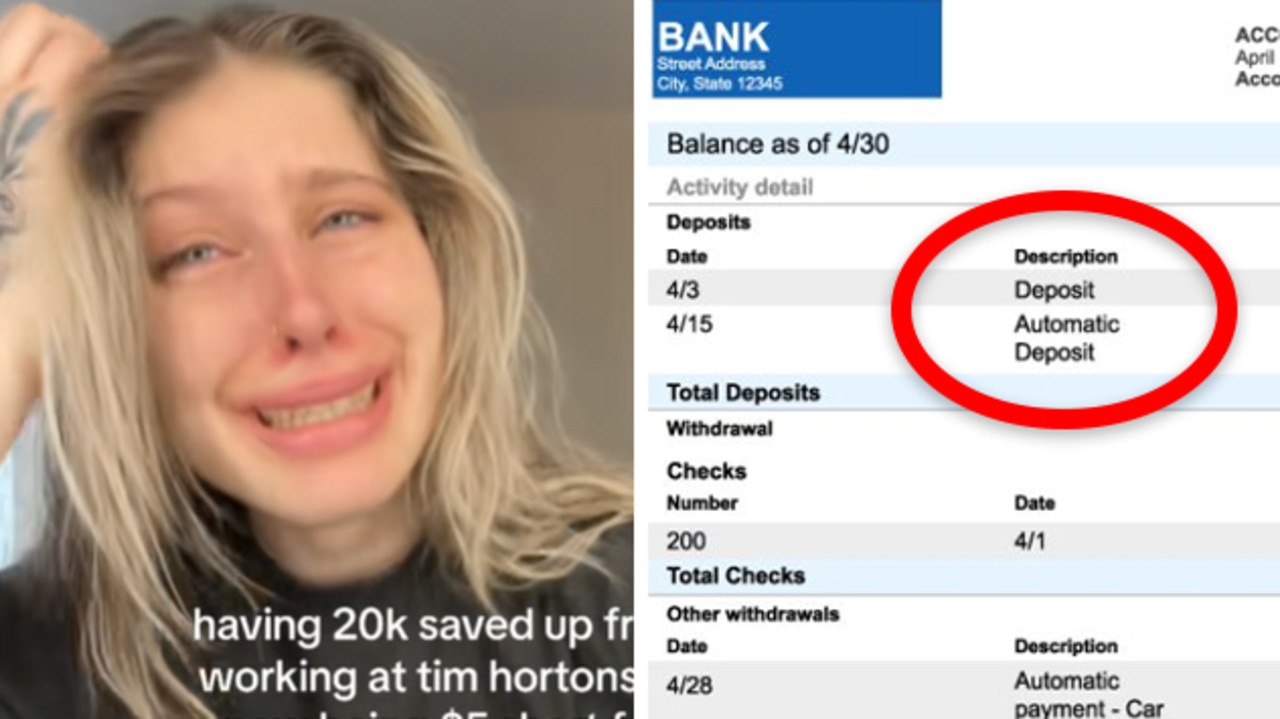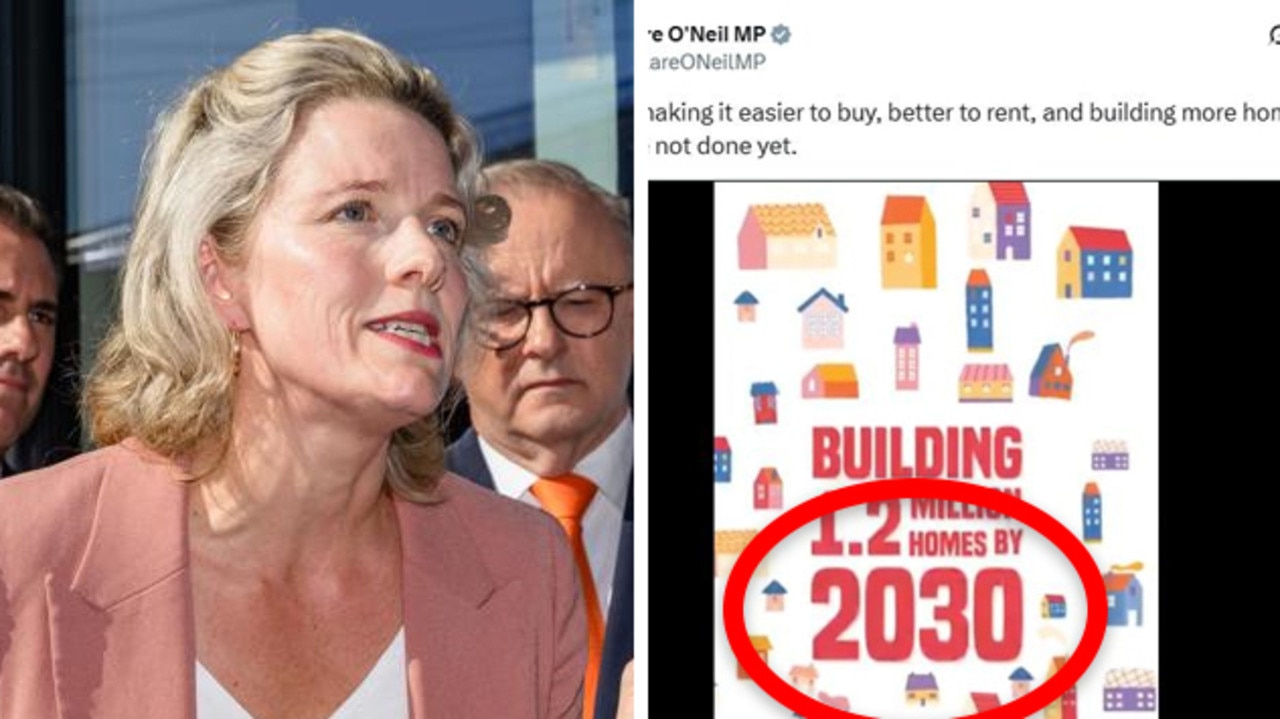‘Impossible’: Rental ‘crisis’ reveals unaffordable homes across Australia
Holes in the floorboard, a broken toilet and a house that is dangerously hot at times – that’s the reality of renting in Australia as costs become “unsustainable”.
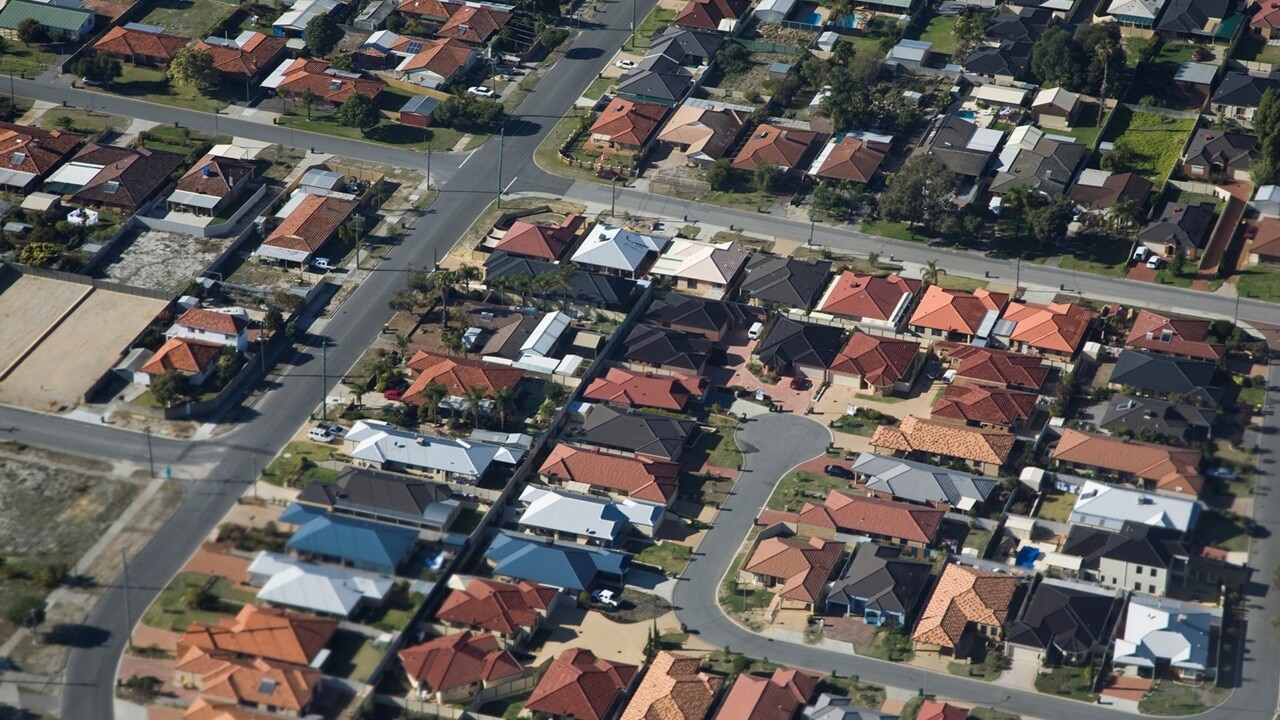
Jarod claims his rental is “rotten” and “falling down” yet he’s facing his third eye-watering rental increase in just the space of three years.
The Hobart man lives in Australia’s least affordable capital cities, with a new rental affordability report revealing that 40 per cent of low-income households are experiencing rental stress, and are struggling to pay for food, heating and healthcare.
The rental affordability index, from SGS Economics and National Shelter, revealed that housing stress is battering regional Australia, alongside capital cities with “unsustainable” rent rises far outpacing wages.
For Jarod, who did not want his surname used, he started renting his current home for $450 a week back in 2020.
Since then his rent has increased to $540 and he said it is due to rise again in the coming months and while he hasn’t been advised of the exact jump in price he is estimating it will well into the $600s.
Have a similar story? Continue the conversation | sarah.sharples@news.com.au
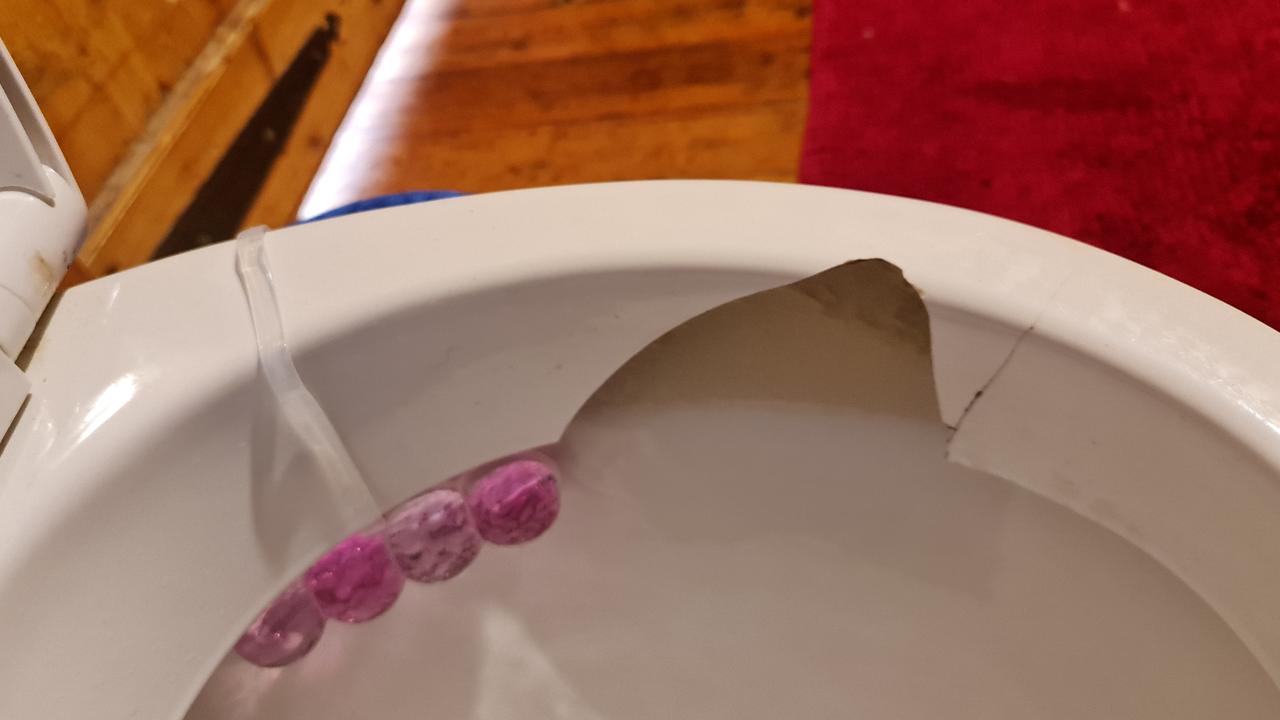
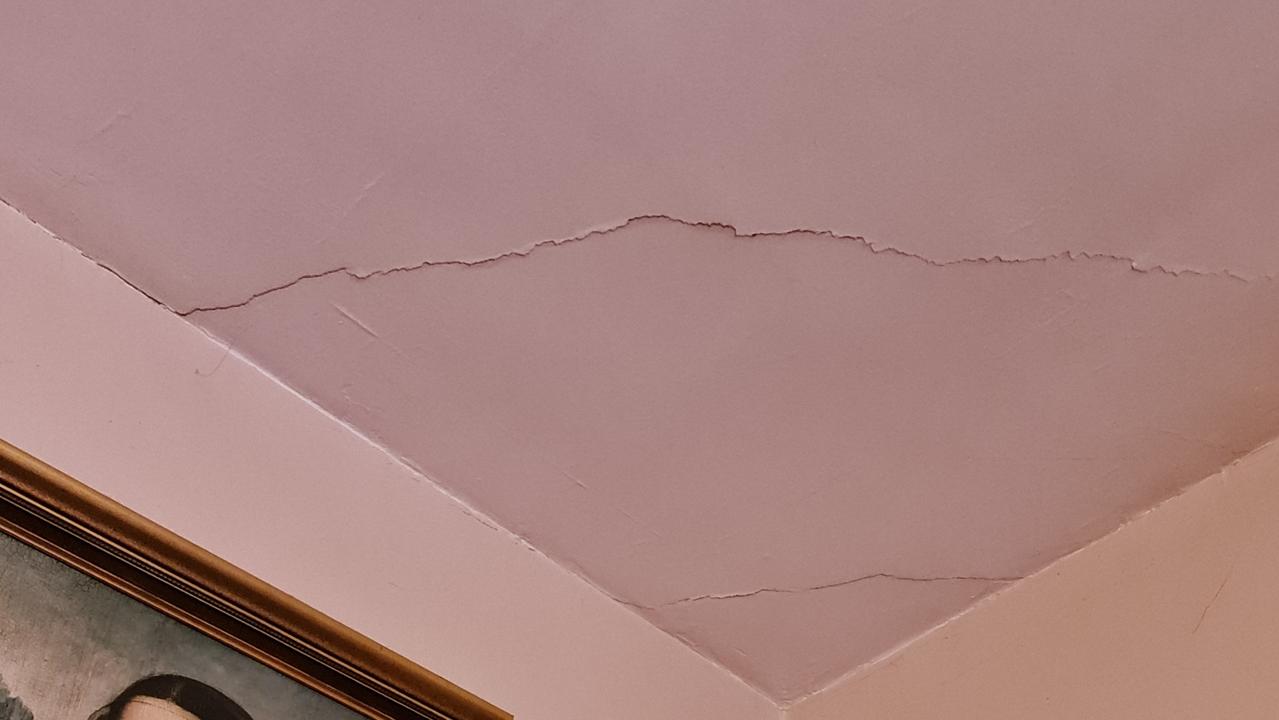

‘Still want top dollar’
The 51-year-old is forced to share the rental with his friend with the skyrocketing costs making it “impossible” for him to live on his own.
He said a house on his street was recently rented out for a whopping $1000 a week.
“It’s set a precedent for greedy landlords and you think you are paying a lot of rent so you would get good services but this house is rotten and it’s falling down,” he claimed.
“The bathroom is falling into the floor, there is no heating and no cooling and this is a 200-year-old house that is basically in originally condition.
“But that’s not uncommon. I have looked at a lot of viewings and you see a really bad kitchen with no working oven and no heating and they still want top dollar and are not willing to budge to do any renovations.”
The semi-retired antique dealer added a heavy draft comes through the floors of his rental, while there are cracks in the floors and ceiling.
Currently taking part in a project with affordability campaign group Everyday’s Home, he is also tracking temperatures inside his home and the other day one room measured 41C, despite not hitting the peak of summer yet.
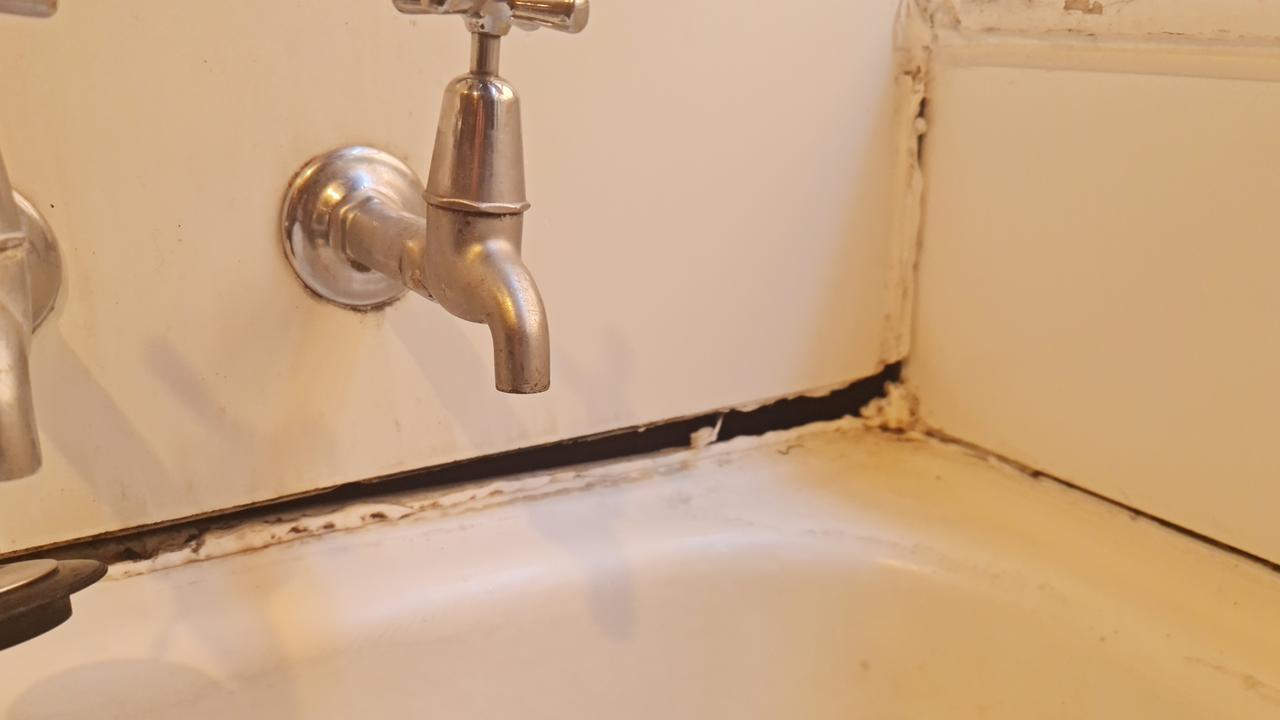

‘Causing strain’
Jarod said he moved to Tasmania in 2008 and could easily find affordable rentals.
But he said this has changed since 2016, with the past two to three years particularly bad as the exodus from major cities including Sydney and Brisbane have brought a flood of new people into the region.
His rising rent and lack of affordable alternatives has made him “very anxious”, he added.
“It’s causing strain on relationships with other people, like the other person I live with and my family and I’ve had to ask my family for money over the recent period as I’m struggling financially,” he said.
Jarod said he has been looking for a new place to live but many have been in “shocking conditions” and one even smelled of “stale bleach”.
He is now being forced to consider moving to a remoter location so he can afford a rental.
“I have started to look but I don’t drive so I have had to look out in the remote areas and they are just really difficult with transport and getting around and getting to basic stuff like the shops,” he said.
“Then you’re sacrificing your lifestyle and things like the shops and day-to-day activities that you would normally do. It’s just a really anxiety-ridden process.
“I have been trying to find somewhere else but it’s really difficult as there is no stock available for the people looking as well, so you go to somewhere for example and there will be hundred people there.”
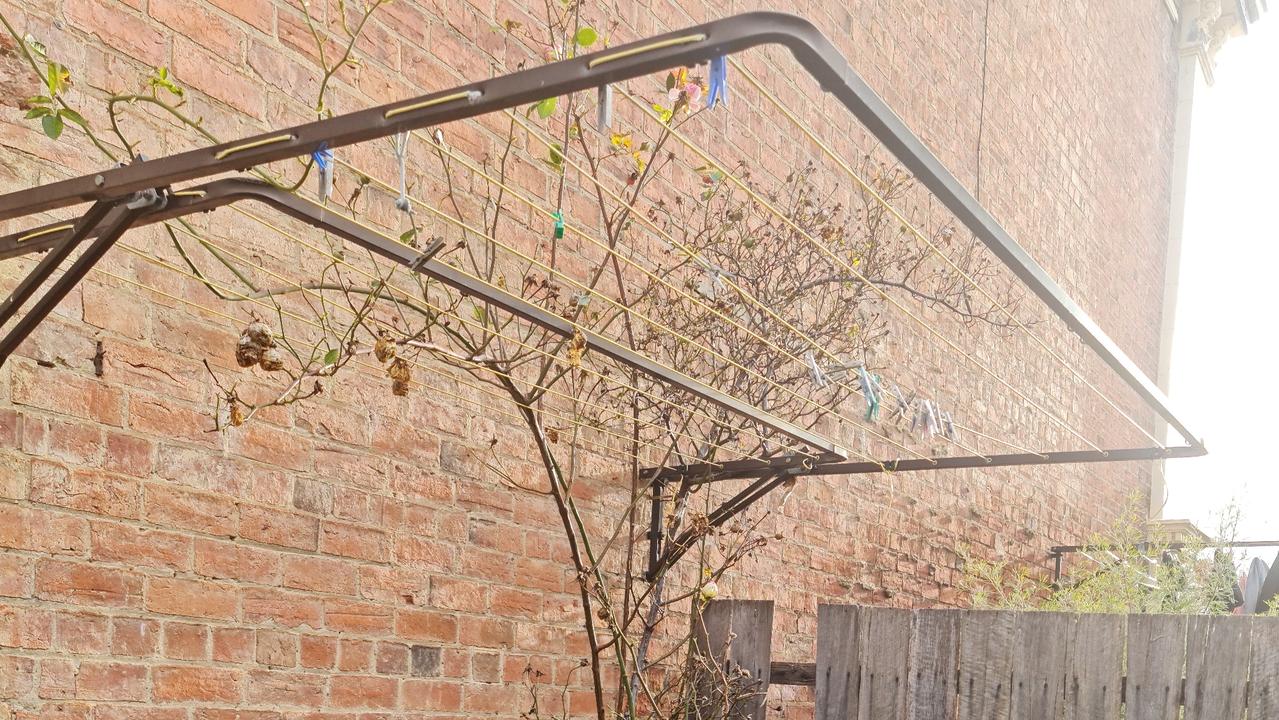
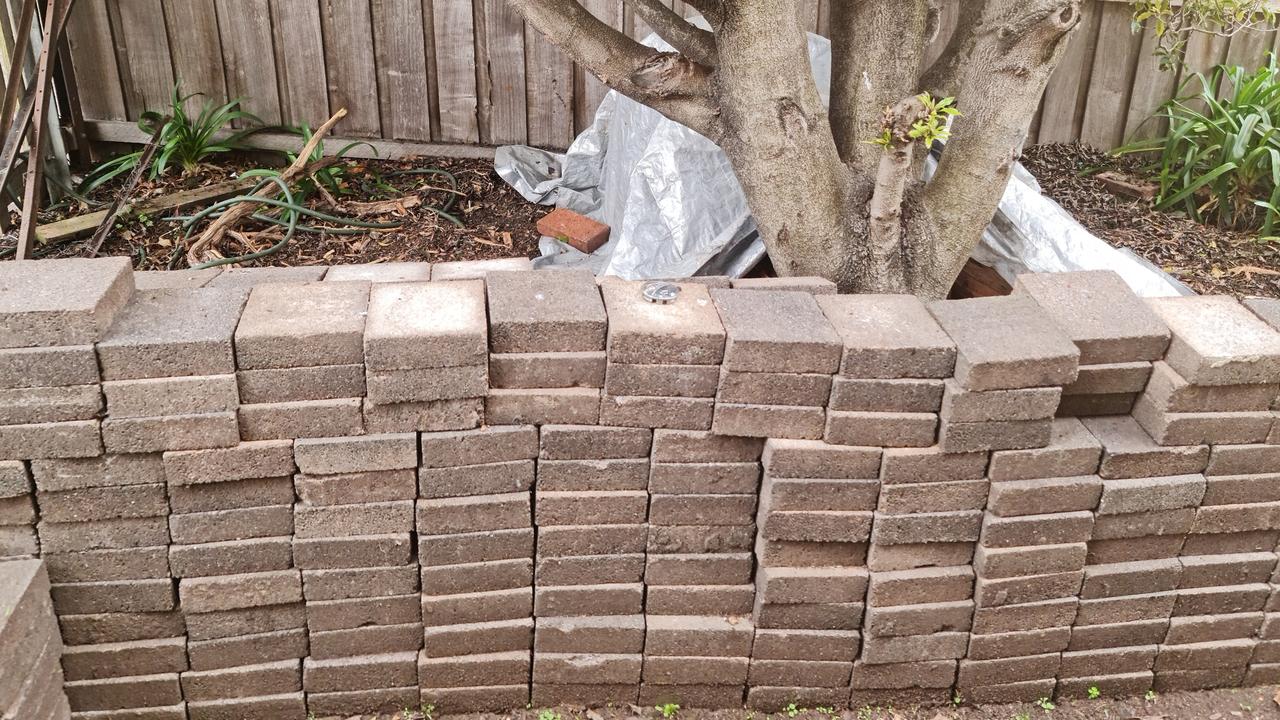
‘Impossible’
Jarod said its also becoming an uncomfortable experience looking as real estate agents ask for invasive amounts of information, including an expectation of providing landlord’s references dating several years back which is “impossible”.
National Shelter CEO Emma Greenhalgh says the nation’s social and economic wellbeing is at risk, with housing stress and homelessness increasing as the nation experiences a lack of affordable housing options.
“Rental increases mean individuals and families are forced to move away from family and friends driving disconnection at the same time they are struggling to find money to pay for essentials like food, utilities, and healthcare.
“Key workers, including nurses and teachers often can’t afford to live in the communities they serve.”
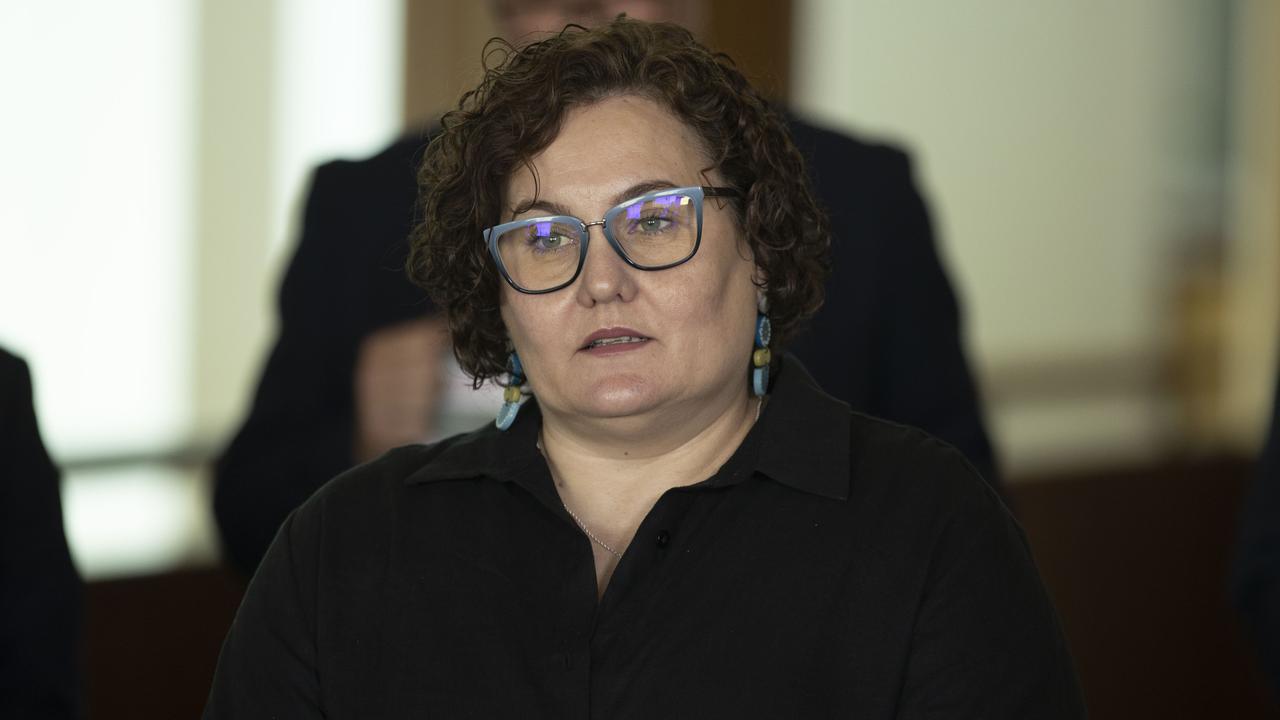
Greater Brisbane has hit a historic low point for affordability and the city is considered moderately unaffordable for the first time, with an 11 per cent decrease in its rental affordability score over the past year – the largest decline of any capital city.
Greater Perth is also at its lowest rental affordability since 2016, declining considerably over the past two years reflecting a sharp increase in rents.
Sydney remained “critically unaffordable” to a significant portion of renters with Bondi, Darling Point and Vaucluse the least affordable.
The most affordable suburbs in Sydney were in the west and southwest including Whalan, Blacktown, Cabramatta and Bankstown.
Melbourne was the most affordable to rent in with the average household’s gross income coming in at $101,300.
Across Australia 42 per cent of low-income households are now in rental stress, compared with 35 per cent in 2008.
Struggling to pay
Ellen Witte, the report’s lead author and a partner at SGS Economics and Planning said static or slightly falling rents of the early pandemic were short-lived, with rents now being equal or higher than pre-pandemic.
“The pandemic also saw the existing rental crisis spread to the regions, when many households left capital cities. More and more regional households are struggling to pay their rent and key workers are unable to access housing, especially in the regional areas of Queensland, Tasmania, NSW and Western Australia,” she said.
“This year’s severe floods also significantly impacted affordability in the Northern Rivers of NSW. Lismore is one of the worst affected towns, where affordability declined by 10 per cent between 2021 and 2022.
“Bellingen was similarly affected, with affordability declining by 14 per cent.”
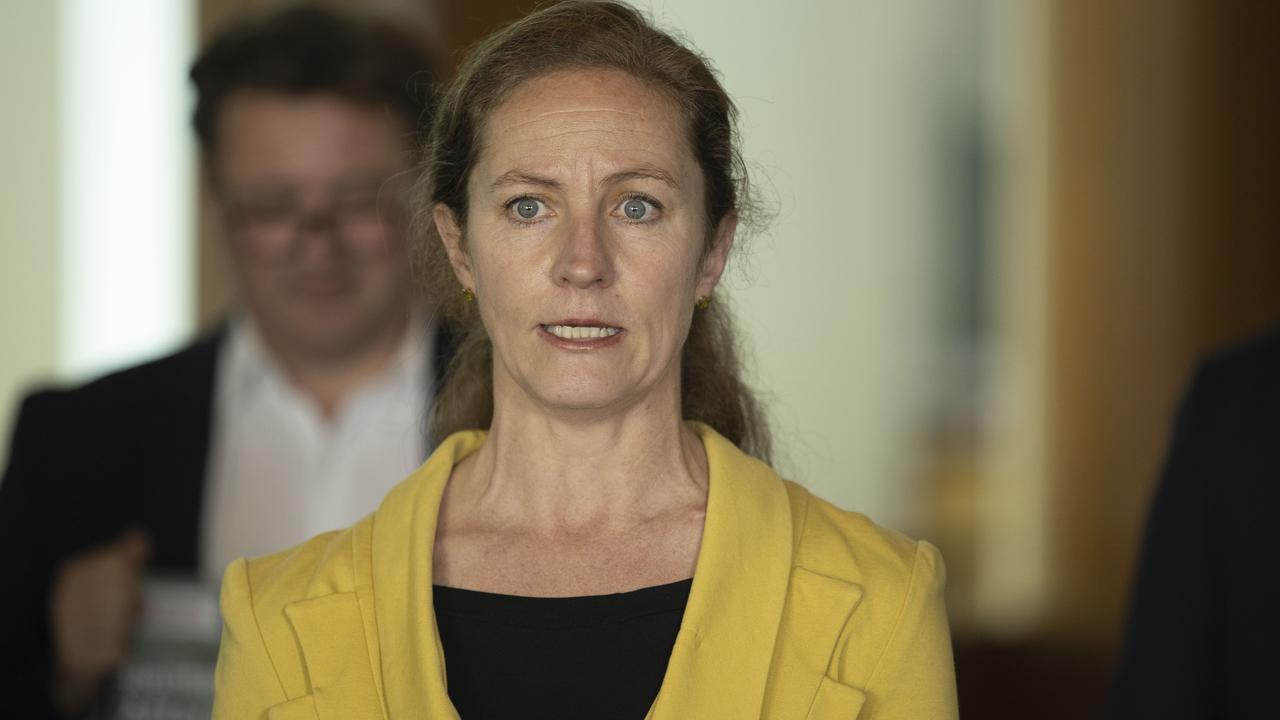
Ms Greenhalgh said low-income renters need more active intervention.
“We need rental reform that includes limiting rent increases and adjustments to income support including Commonwealth Rent Assistance,” she said.
“We also need greater investment in social and affordable housing to reverse a decade-long decline.”
For Jarod, he said despite the talk of a rental “crisis” he said no one is jumping to help.
He wants renters to stop being treated “like dirt” and more empathy in interactions, while he has also called for rent caps and harsher laws to enforce rental standards.
sarah.sharples@news.com.au




